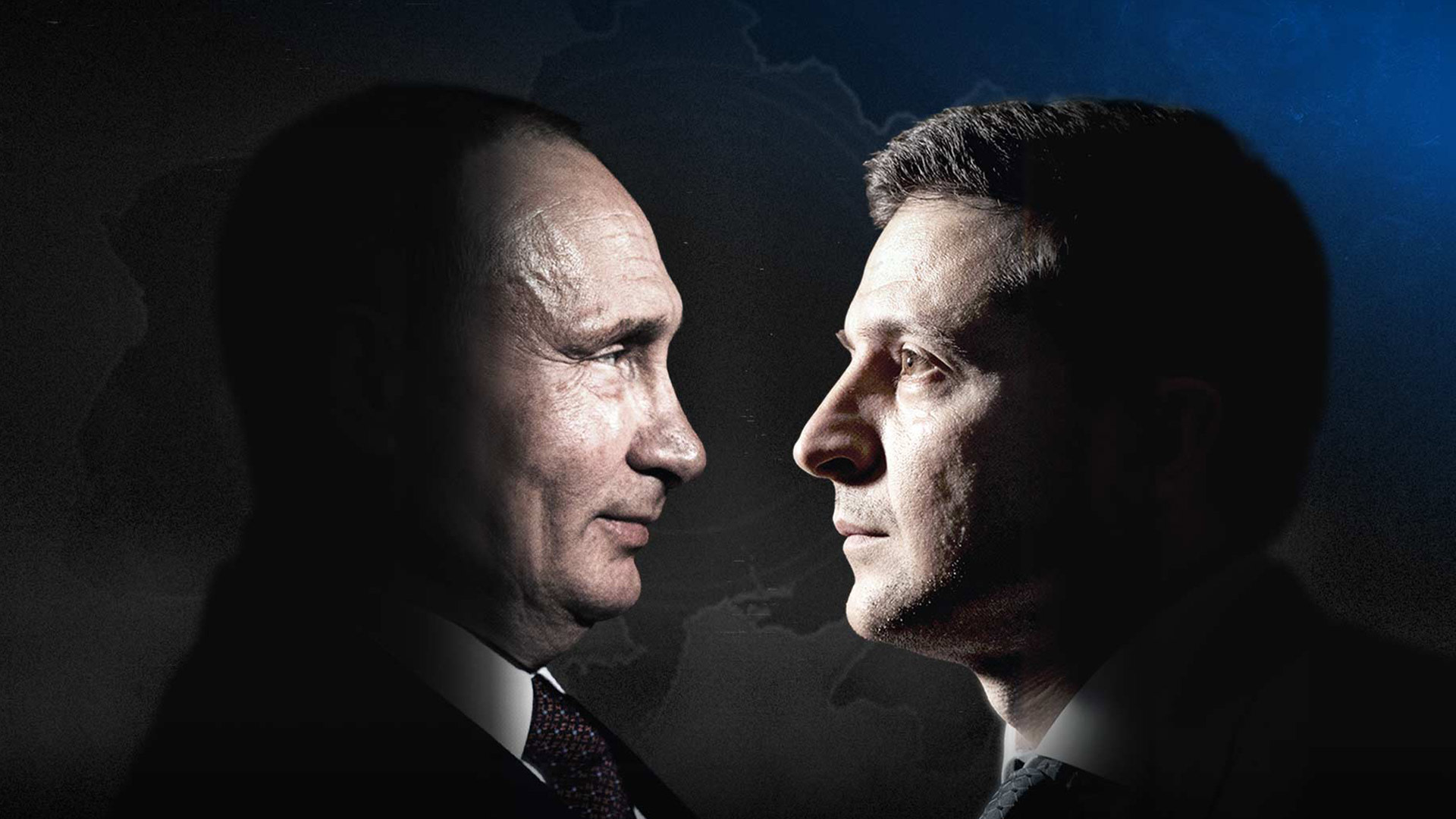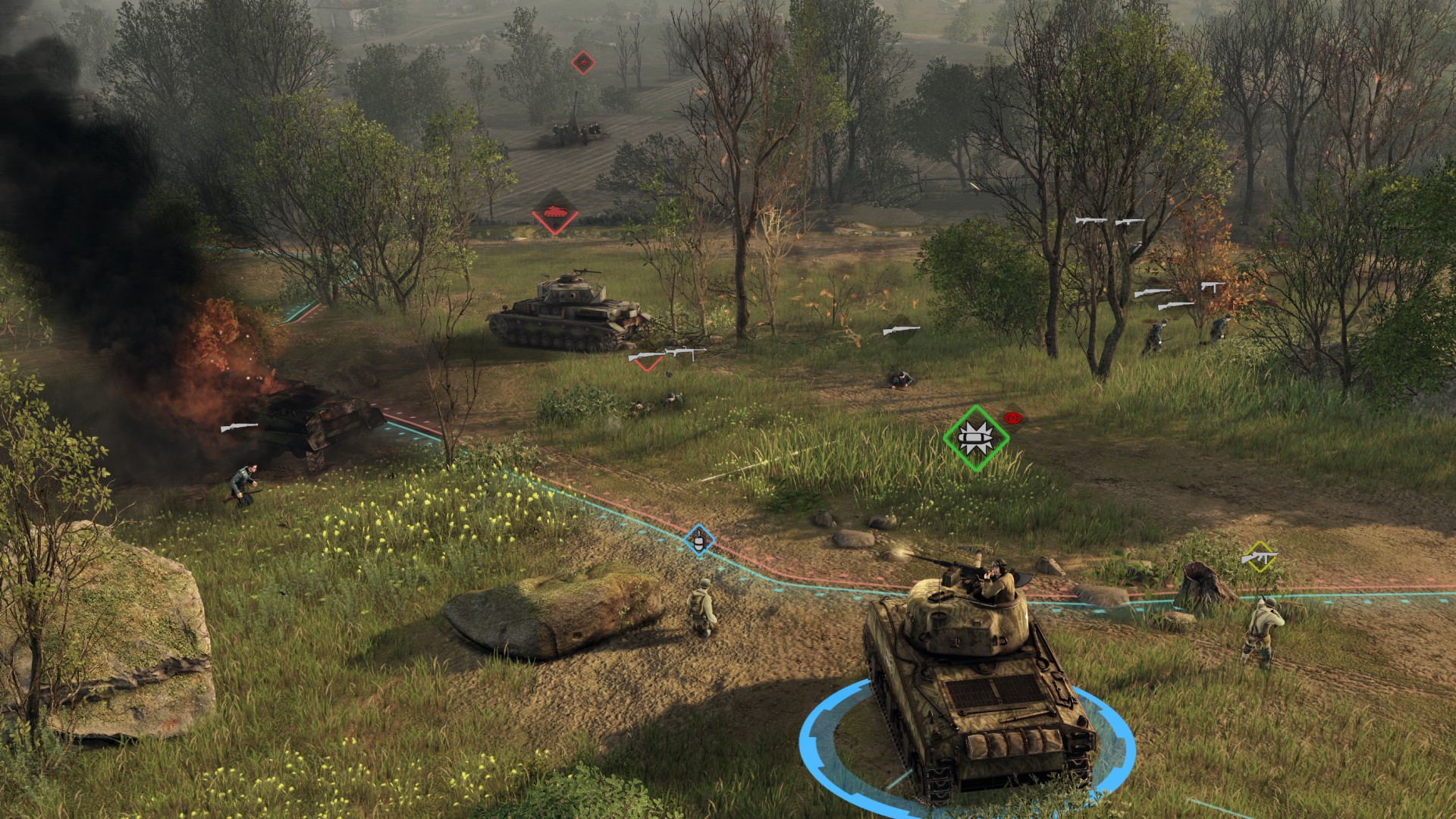Warfare has been a defining aspect of human history, shaping civilizations and altering destinies. The concept of "Two Men at War" encapsulates the essence of conflict at its most fundamental level—two individuals, driven by opposing goals, engaging in a battle of wits, willpower, and strategy. This article delves deep into the dynamics of such confrontations, exploring their historical significance, psychological underpinnings, and practical implications.
The phrase "Two Men at War" is not merely a metaphor but a profound reflection of the struggles that define human existence. From ancient duels to modern-day negotiations, the clash between two determined individuals has always been a catalyst for change. This article will explore the various dimensions of this concept, providing insights that are both educational and actionable.
By examining the strategies, tactics, and mindsets involved in such conflicts, we aim to equip readers with a deeper understanding of human interactions. Whether you're a history enthusiast, a strategic thinker, or simply curious about the nature of conflict, this article promises to deliver valuable insights.
Read also:Fairfield Inn Orangeburg Sc Your Ultimate Stay In South Carolina
Table of Contents
- Biography: Understanding the Key Figures
- Historical Background of Two Men at War
- Psychological Aspects of Conflict
- Strategic Approaches in Warfare
- Case Studies: Real-Life Examples of Two Men at War
- Modern Applications of the Concept
- Methods of Conflict Resolution
- Impact on Society and Culture
- Future Perspectives on Conflict Dynamics
- Conclusion: Lessons Learned and Moving Forward
Biography: Understanding the Key Figures
Before diving into the broader implications of "Two Men at War," it is essential to understand the individuals who have personified this concept throughout history. Below is a brief biography of two key historical figures whose conflicts have shaped the world:
Biographical Data
| Name | Date of Birth | Place of Birth | Occupation | Notable Achievements |
|---|---|---|---|---|
| Julius Caesar | 100 BC | Rome, Italy | Roman General and Statesman | Conquest of Gaul, Dictator of Rome |
| Pompey the Great | 106 BC | Rome, Italy | Roman General and Statesman | Triumvirate Member, Defeat of Pirates |
Julius Caesar and Pompey the Great exemplify the concept of "Two Men at War." Their rivalry culminated in a civil war that reshaped the Roman Republic, ultimately leading to the rise of the Roman Empire.
Historical Background of Two Men at War
Throughout history, conflicts between two prominent figures have been pivotal moments in shaping civilizations. The "Two Men at War" concept can be traced back to ancient times, where personal rivalries often dictated the course of history.
Key Historical Conflicts
- Alexander the Great vs. Darius III
- Abraham Lincoln vs. Jefferson Davis
- Napoleon Bonaparte vs. Arthur Wellesley
These conflicts were not just battles of armies but also of ideologies, strategies, and leadership. Each confrontation left a lasting impact on the societies involved.
Psychological Aspects of Conflict
Understanding the psychology behind "Two Men at War" provides insights into why such conflicts arise and how they escalate. The psychological dynamics often involve:
- Ego and Pride: The need to assert dominance and prove superiority.
- Perception of Threat: Fear of losing power or influence.
- Emotional Intelligence: The ability to manage emotions and understand the opponent's perspective.
Psychologists emphasize the importance of empathy and communication in resolving conflicts, even in high-stakes scenarios.
Read also:Boost Your Communication Exploring The Comprehensive Dish Network Phone Service
Strategic Approaches in Warfare
Strategic thinking is crucial in any conflict, especially when it involves "Two Men at War." Effective strategies include:
Key Elements of Strategy
- Preparation: Understanding the opponent's strengths and weaknesses.
- Adaptability: Adjusting tactics based on changing circumstances.
- Resource Management: Efficiently utilizing available resources to gain an advantage.
Historical figures like Sun Tzu and Clausewitz have extensively documented these principles, providing timeless guidance for modern strategists.
Case Studies: Real-Life Examples of Two Men at War
Real-life examples of "Two Men at War" abound in history. Below are two notable case studies:
Case Study 1: Churchill vs. Hitler
The rivalry between Winston Churchill and Adolf Hitler during World War II is one of the most documented confrontations in history. Churchill's steadfast leadership and strategic acumen were instrumental in countering Hitler's aggressive expansionist policies.
Case Study 2: Steve Jobs vs. Bill Gates
In the tech industry, the rivalry between Steve Jobs and Bill Gates defined the landscape of personal computing. Their differing philosophies and approaches to innovation continue to influence the tech world today.
Modern Applications of the Concept
In today's world, the concept of "Two Men at War" extends beyond traditional warfare to include:
Business Rivalries
- Elon Musk vs. Jeff Bezos in the space race.
- Tim Cook vs. Sundar Pichai in the smartphone market.
These modern-day conflicts highlight the evolving nature of competition and the importance of innovation and strategy in achieving success.
Methods of Conflict Resolution
Conflict resolution is a critical aspect of managing "Two Men at War" scenarios. Effective methods include:
- Negotiation: Finding common ground through dialogue.
- Mediation: Involving a neutral third party to facilitate resolution.
- Compromise: Both parties making concessions to reach a mutually acceptable solution.
These methods emphasize the importance of collaboration and mutual respect in resolving conflicts.
Impact on Society and Culture
The impact of "Two Men at War" extends beyond the immediate participants, influencing society and culture in profound ways. Conflicts often lead to:
- Technological advancements driven by the need for innovation.
- Cultural shifts as societies adapt to changing power dynamics.
- Increased awareness of the importance of peace and cooperation.
History teaches us that conflict, while destructive, can also be a catalyst for positive change.
Future Perspectives on Conflict Dynamics
As the world becomes increasingly interconnected, the dynamics of "Two Men at War" are evolving. Future conflicts may involve:
- Cyber warfare and digital dominance.
- Climate change and resource management.
- Global cooperation to address shared challenges.
Understanding these emerging trends is crucial for preparing the next generation of leaders to navigate complex global landscapes.
Conclusion: Lessons Learned and Moving Forward
In conclusion, the concept of "Two Men at War" encapsulates the essence of human conflict and its impact on history, society, and culture. By exploring the historical background, psychological aspects, strategic approaches, and modern applications of this concept, we gain valuable insights into the nature of competition and cooperation.
We invite you to share your thoughts and experiences in the comments section below. Engaging in meaningful discussions helps us all grow and learn. Additionally, explore other articles on our site to deepen your understanding of related topics. Together, let's continue the journey of knowledge and discovery.


